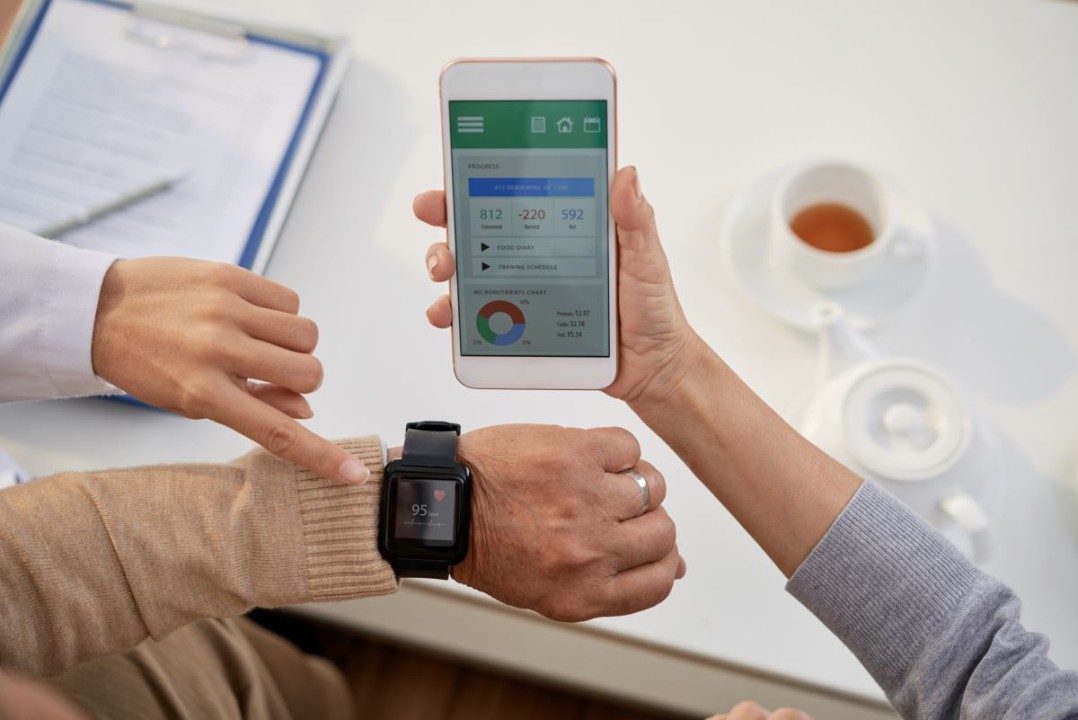
In the modern healthcare landscape, the need for innovative solutions that enhance patient care and streamline healthcare delivery has become paramount. One of the most transformative advancements in this realm is remote patient monitoring (RPM). By utilizing technology to track patient health data outside of traditional clinical settings, healthcare providers can offer more proactive, personalized care. As healthcare organizations increasingly turn to remote patient monitoring software development, the benefits of this approach become more apparent for both patients and providers.
Understanding Remote Patient Monitoring
Remote patient monitoring involves the use of digital technologies to collect and analyze health data from patients in real time. This data can include vital signs, symptoms, medication adherence, and other health metrics. RPM allows healthcare providers to monitor patients’ conditions remotely, reducing the need for in-person visits while ensuring timely interventions when necessary.
Key Components of RPM
- Wearable Devices: These devices, such as smartwatches or fitness trackers, collect real-time health data like heart rate, activity levels, and sleep patterns.
- Mobile Apps: Patient-facing applications allow users to input their symptoms, track medications, and communicate with healthcare providers.
- Cloud-Based Platforms: These platforms store and analyze health data, making it accessible to both patients and healthcare providers.
- Data Analytics: Advanced analytics tools help interpret the collected data, enabling healthcare providers to identify trends and potential health issues.
Benefits of Remote Patient Monitoring
1. Enhanced Patient Engagement
RPM fosters greater patient involvement in their own healthcare. With access to their health data and the ability to communicate directly with providers, patients become active participants in managing their conditions. This empowerment often leads to increased adherence to treatment plans and lifestyle changes.
2. Improved Health Outcomes
By continuously monitoring patients’ health data, providers can identify potential issues before they escalate into serious problems. Early interventions can significantly improve health outcomes, especially for patients with chronic conditions such as diabetes, hypertension, or heart disease. Studies have shown that RPM can lead to lower hospital readmission rates and reduced complications.
3. Convenience and Accessibility
Remote patient monitoring eliminates the barriers of travel and time associated with traditional healthcare visits. Patients can receive care from the comfort of their homes, making it particularly beneficial for those with mobility challenges, rural residents, or those with busy schedules. This convenience can lead to higher patient satisfaction.
4. Cost Savings
RPM has the potential to reduce healthcare costs for both patients and providers. By minimizing the need for in-person visits, healthcare organizations can lower operational costs. Patients also save on transportation and time off work, making healthcare more affordable and accessible.
5. Data-Driven Decision Making
With the vast amounts of data collected through RPM, healthcare providers can make more informed decisions about patient care. Analyzing trends in health data allows for personalized treatment plans tailored to individual patient needs. This data-driven approach enhances the quality of care and helps providers allocate resources more efficiently.
6. Increased Provider Efficiency
Remote patient monitoring enables healthcare providers to manage larger patient populations more effectively. With real-time data at their fingertips, providers can prioritize high-risk patients and allocate their time and resources accordingly. This efficiency not only benefits providers but also enhances the overall patient experience.
7. Continuity of Care
RPM promotes continuity of care by enabling healthcare providers to maintain ongoing communication with patients. Regular check-ins and data sharing facilitate consistent monitoring and support, ensuring that patients receive the care they need when they need it.
8. Better Management of Chronic Conditions
For patients with chronic conditions, RPM offers a proactive approach to health management. By monitoring vital signs and symptoms remotely, healthcare providers can adjust treatment plans in real time, ensuring optimal care and reducing the risk of complications.
Challenges and Considerations
While the benefits of remote patient monitoring are substantial, there are challenges to consider:
- Technology Barriers: Some patients may lack access to the necessary technology or may be unfamiliar with using digital tools.
- Data Security: Protecting patient data is critical, and healthcare organizations must ensure that their RPM solutions comply with regulations like HIPAA.
- Integration with Existing Systems: Successful implementation of RPM requires seamless integration with electronic health records (EHR) and other existing systems to ensure comprehensive care.
- Training and Support: Healthcare providers need to be adequately trained in using RPM tools and interpreting the data to maximize the benefits.
Conclusion
Remote patient monitoring is revolutionizing the healthcare landscape by empowering both patients and providers. With its ability to enhance patient engagement, improve health outcomes, and provide convenient access to care, RPM represents a significant advancement in how healthcare is delivered. As the demand for innovative healthcare solutions continues to rise, investing in remote patient monitoring software development will be essential for organizations seeking to stay at the forefront of patient-centered care.
FAQs
1. What is remote patient monitoring?
Remote patient monitoring (RPM) is a healthcare technology that allows providers to monitor patients’ health data in real time, using digital tools and devices.
2. How does RPM benefit patients?
RPM enhances patient engagement, improves health outcomes, provides convenience, and can lead to cost savings by reducing the need for in-person visits.
3. What types of data can be monitored through RPM?
RPM can track various health metrics, including vital signs (heart rate, blood pressure), symptoms, medication adherence, and activity levels.
4. Is RPM secure?
Yes, reputable RPM solutions are designed with data security in mind, adhering to regulations like HIPAA to protect patient information.
5. How can healthcare providers implement RPM?
Providers can implement RPM by partnering with technology companies that specialize in remote patient monitoring software development, ensuring that the tools are integrated with existing healthcare systems and that staff are trained to use them effectively.







